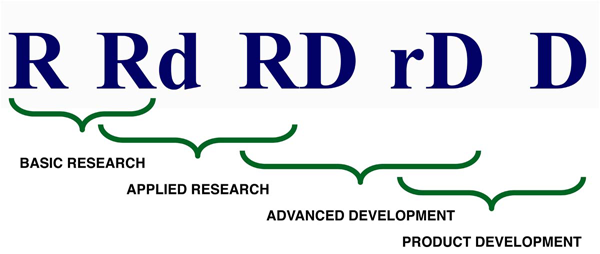Podcast: Is ‘Open Innovation’ Just Another Word For Outsourcing?
In this ten minute podcast, Brad Goldense discusses the progress that organizations are making in the area of ‘Open Innovation.’ Lee Teschler, Executive Editor at Design World, leads the conversation.
Discussion Questions:
1. What is Open Innovation [OI]?
2. What are the biggest differences between OI and ordinary R&D efforts?
3. Why should design engineers in the trenches care about OI?
4. Does it cost more to do OI than ordinary R&D?
The Is ‘Open Innovation’ Just Another Word For Outsourcing? podcast focuses on questions that designers, engineers, and managers may have as open innovation initiatives are introduced to their organization and to their projects.
————
A Note About The Publisher and Discussion Leader: Design World is a relatively new trade publication in the field of design and engineering. It is published by WTWH Media, LLC, 6555 Carnegie Avenue, Suite 300, Cleveland, Ohio, USA. Lee Teschler’s experience includes twenty-three years at Machine Design where he was Executive Editor.
Podcast: Is ‘Open Innovation’ Just Another Word For Outsourcing? Read More »
![Goldense Group, Inc. [GGI] Logo](https://goldensegroupinc.com/blog/tangible-innovation/wp-content/uploads/2022/03/logo-corp-darkBlue-65x65.png)
